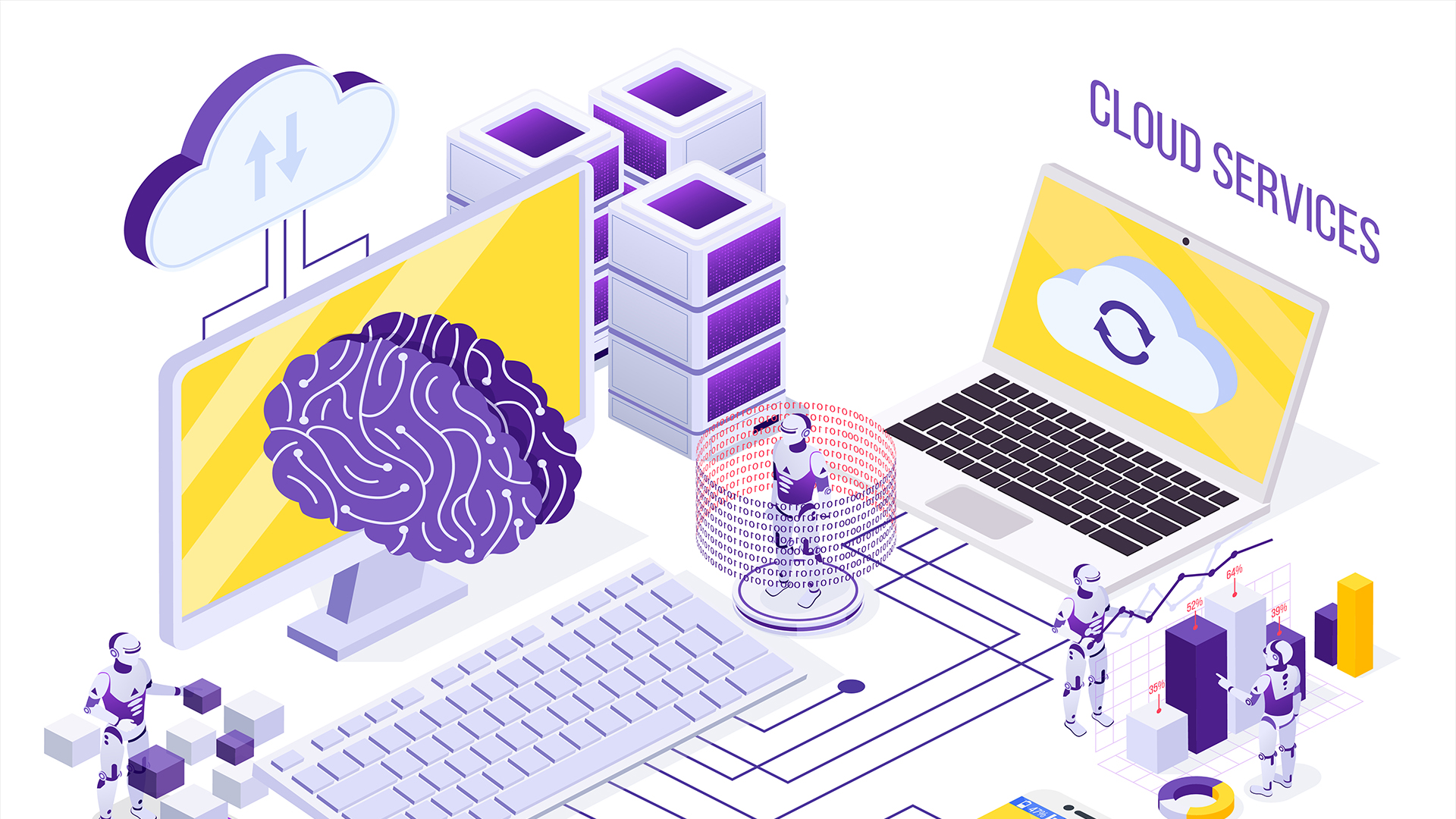How AI Is Transforming Business Automation: A Practical Guide for Modern Enterprises
If you’re leading a team or running operations, you’re probably under pressure to get everything done on time. In fact, decisions should be made faster. Processes need to be carried out smoothly. And simultaneously keeping the customers happy. AI-driven automation is one of the few levers that can move all three at once. But how can AI automation produce such results, and where should you start? This guide explains AI in automation and shows practical use cases. Along the way, you’ll see how ZeroOne partners with enterprises to move from experiments to measurable outcomes.

Why AI automation is taking off now
Three reasons. Data is everywhere, from chat logs to sensor readings. Cloud platforms make AI accessible without a research lab. And the models themselves have leapt forward, so tasks that took weeks now take hours. Business cases that clear the bar: faster cycle times, lower error rates, and higher customer satisfaction.
Where AI helps most today
Email and ticket triage: An LLM reads incoming messages, classifies them, pulls the right context, and drafts a response. Agents review and send.
Invoice processing: Vision models extract fields (vendor, amount, due date) with confidence scores. Uncertain fields go to a human. The system learns from corrections and gets better every week.
Sales call summaries: Transcribe calls, generate bullet summaries, identify follow-ups, and auto-update the CRM.
Knowledge search: Ask natural-language questions across your wikis, SOPs, and past tickets. The bot cites sources and highlights risk so people trust the answer.
Demand and prediction: ML models rank customers by risk or products by likely demand, so teams focus on the moves that matter.

Common Misconceptions around AI automation
A common misunderstanding around AI automation is that if you turn it on, it’ll run perfectly forever. In reality, AI needs clear goals, quality data, and regular check-ins. Business rules change, and data expands continuously. Without monitoring and human review, accuracy drops and mistakes slip through.

Another misconception is that AI works only with perfect data. It tolerates noise, but not chaos. You still need clear definitions, minimal metadata, and a feedback trail. Small fixes, consistent labels, removing duplicated records, and standardized fields are a must. Data quality isn’t an instant project. It’s a habit that compounds automation value over time.
How to build the business case
Tie automation to outcomes leaders already track: cycle time, quality, cost, and customer satisfaction. Establish a baseline, then run a time-boxed pilot with real data. Instrument everything. Compare before-and-after dashboards, include risk controls, and translate gains into dollars saved or revenue unlocked to fund expansion.
Pick a baseline, run a 4–8-week pilot, and compare. It’s hard to argue with a dashboard that shows 30–50% faster turnaround.
Your simple roadmap to AI automation
Map the top 10 processes by volume and pain. Score by business impact and feasibility. Pick one or two with clear owners. Build a thin slice with real data. Add human review and confidence thresholds. Instrument every step. Compare against baseline. Document time saved, error reduction, and quality. Get sign-off from process owners. Add SSO, logging, monitoring, and support run books. Train users. Queue up the next two use cases using the same blueprint.
The stack in plain English
You don’t need 20 new tools. Aim for a lean, interoperable stack:
Data and connectors: secure access to your systems with clear scopes.
Models: start with proven providers, fine-tune only where it pays.
Memory & retrieval: store key knowledge so answers are grounded in your facts.
Orchestration: a workflow layer that calls models, applies rules, and routes approvals.
Monitoring: capture prompts, responses, latency, accuracy, and user feedback.
Governance: role-based access, masking, and audit trails across it all.
We build on your investments, including ERP, CRM, and RPA, so you see value fast and avoid platform sprawl.

Change management that people actually like
People resist change when it feels risky or pointless. So, reduce risk and boost meaning. Start by automating the boring parts of their day. Show them their new “before and after.” Give them a say in the thresholds and templates. Enjoy time saved and wins scored. It’s amazing how fast adoption follows when teams feel respected and supported.

How Can We Help You?
Look for a partner who speaks business and engineering, ships in weeks, and stands up governance you can live with. At ZeroOne, we bring:
Practical discovery: We identify processes with high ROI and fast feasibility.
Co-development:Your team learns the stack and keeps control.
Guardrails by default: Security, privacy, and auditability from the first sprint.
Value tracking:Dashboards that show time saved, quality improved, and dollars returned.
Book a no-pressure working session with ZeroOne, we’ll map your best candidates,sketch the workflow, and outline the guardrails. You’ll leave with a clear,actionable plan.